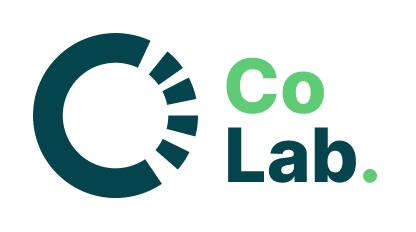Supporting Our Educational Linchpins: Why Teacher Well-Being Cannot Wait
The impact of a single K-12 educator is staggering when you consider the numbers. In just one year, an elementary teacher shapes the lives of 20-30 students, while a high school teacher might connect with 100-150 young minds across their classes. Over a 30-year career, that's anywhere from 600 to 4,500 students whose futures are influenced by a single educator.
But these aren't just numbers – they represent real lives, dreams, and potential. Each student carries their teacher's influence forward, creating a ripple effect that spans generations. Teachers don't just teach math, science, or literature; they model resilience, inspire creativity, and nurture the critical thinking skills that shape our future leaders, innovators, and citizens.
Yet we face a critical challenge in education today: we're trying to recruit teachers into a system that's struggling to support them. It's like inviting someone to move into a house while it's on fire. The traditional approach of focusing solely on recruitment without addressing systemic challenges is unsustainable and, frankly, ineffective.
The solution lies in creating comprehensive support systems that begin before a teacher even enters their first classroom. Our research shows that the #1 factor in teacher retention is relationships – with students, colleagues, and administrators. When teachers have strong professional connections, they're more likely to stay engaged, take innovative risks, and find joy in their work.
Experienced teachers tell us that collaboration reduces workload by eliminating duplicate efforts and enables resource sharing that benefits everyone. When educators feel supported by a strong professional network, they're more likely to experiment with new teaching methods and develop creative solutions to classroom challenges.
But perhaps most importantly, teachers need personalized professional development that meets them where they are and continues to evolve throughout their careers. With many teachers leaving after 5 years, and growth commonly plateauing thereafter, one-size-fits-all training sessions often miss the mark. Instead, educators need flexible, targeted support that addresses their specific classroom contexts and professional growth goals.
For example, it’s no surprise that pre-service and novice teachers struggle with classroom management and often run for the hills if they can’t get this piece of the puzzle right. But when was the last time your school offered PD on this, or even an opportunity for open dialogue on what’s working and what’s not? Most teachers who don’t have their classroom management well, managed, end up hanging their heads and experiencing higher rates of burnout and not meeting educational goals for their students.
The future of education depends on creating sustainable environments where teachers can thrive, not just survive. This means building systems that support educator well-being from day one, foster meaningful professional relationships and provide opportunities for genuine collaboration and growth. Only then can we expect to not just recruit but grow and retain the talented educators our students deserve.
We need to shift our focus from merely filling teaching positions to creating an educational ecosystem where teachers feel valued, supported, and empowered to do their best work. After all, investing in teacher well-being isn't just about supporting educators – it's about securing a better future for the thousands of students whose lives they touch.
The question isn't whether we can afford to make these changes. Given the massive impact teachers have on future generations, the real question is: how can we afford not to?

